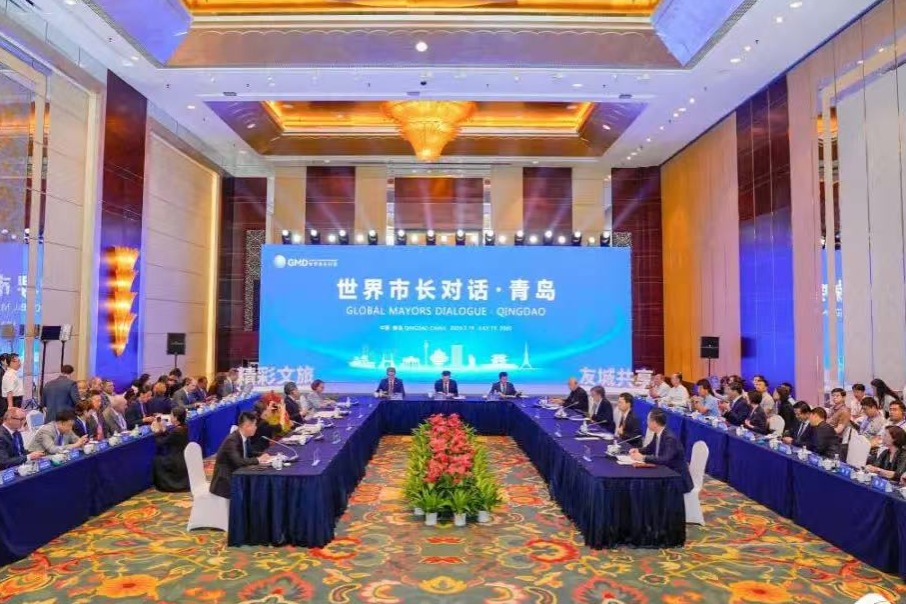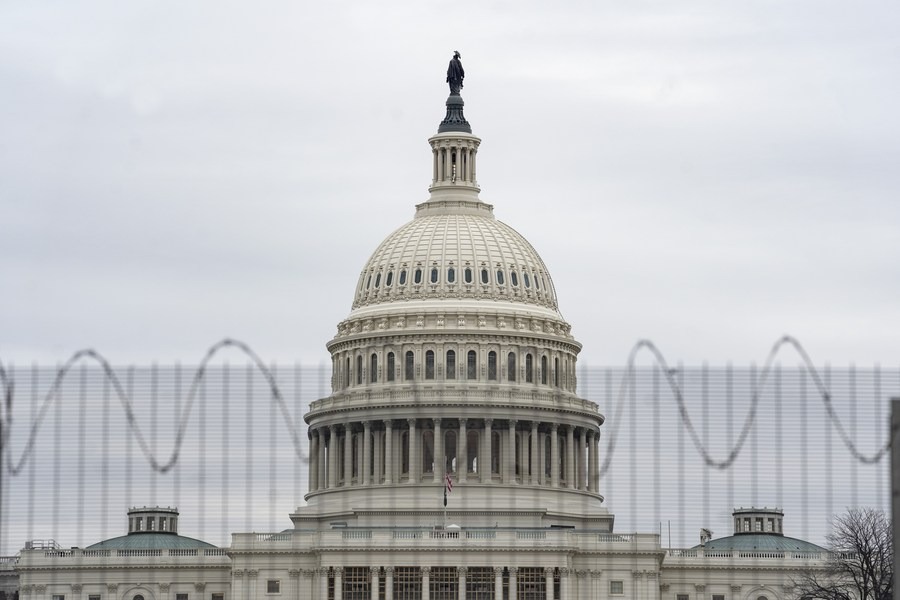Washington's tech paranoia has not abated: China Daily editorial


It is no secret that the United States has been trying to tighten its noose on Chinese technology enterprises, as evidenced by the tough sanctions being imposed on Chinese telecommunications equipment giant Huawei and many other high-tech companies.
Some politicians in the US have seen China's rising technological prowess in recent years as a threat to US national security, and fear it will challenge US dominance of the most important technologies of tomorrow, ranging from silicon chips, artificial intelligence to the internet of things.
Given the prevailing Cold War mentality that has fueled this China tech-threat paranoia, it is no surprise that Washington has once again imposed new technology restrictions targeting the country.
Under a new rule that took effect on Monday, companies that export certain types of geospatial imagery software from the US must apply for a license to send it overseas except when it is being shipped to Canada. The new rules mean US technology companies producing AI software to analyze satellite imagery will face new restrictions on exporting their products to China and elsewhere. This is the result of the US Congress passing a law in 2018 that updated national security-related export controls to protect "emerging and foundational" technology that could end up in the hands of foreign powers such as China.
China has been fast catching up with the US in this field as such algorithms can analyze satellite images of crops, trade patterns and the effects of climate change. The country has vowed to reach "world-leading levels" in AI technology and to reduce its "external dependence" for key technologies and equipment. By the end of last year, China had 3,341 AI companies, second in number only to the US, according to the 2019 China New Generation Artificial Intelligence Development Report. China also led in AI research paper publications from 2013 to 2018, with 74,408 papers published, followed by the US with 51,766.
Yet despite the US intention to blunt China's edge in AI, how effective the restrictions will be in that endeavor remains to be seen. Experience suggests that the US will not be able to maintain its lead in AI simply through commerce restrictions. Rather it is the investment in research and development that will be the decisive factor.
That notwithstanding, it is noteworthy that the latest hostile move by the US comes shortly before the expected signing of the so-called phase one trade agreement between the two countries, which is reportedly scheduled for the middle of this month.
By increasing the pressure it is putting on China on the technology front, the US action has unnecessarily brought new uncertainties to the already volatile trade relations. Such a confrontational stance may not bode well for the next phase of trade negotiations that are to follow.


































